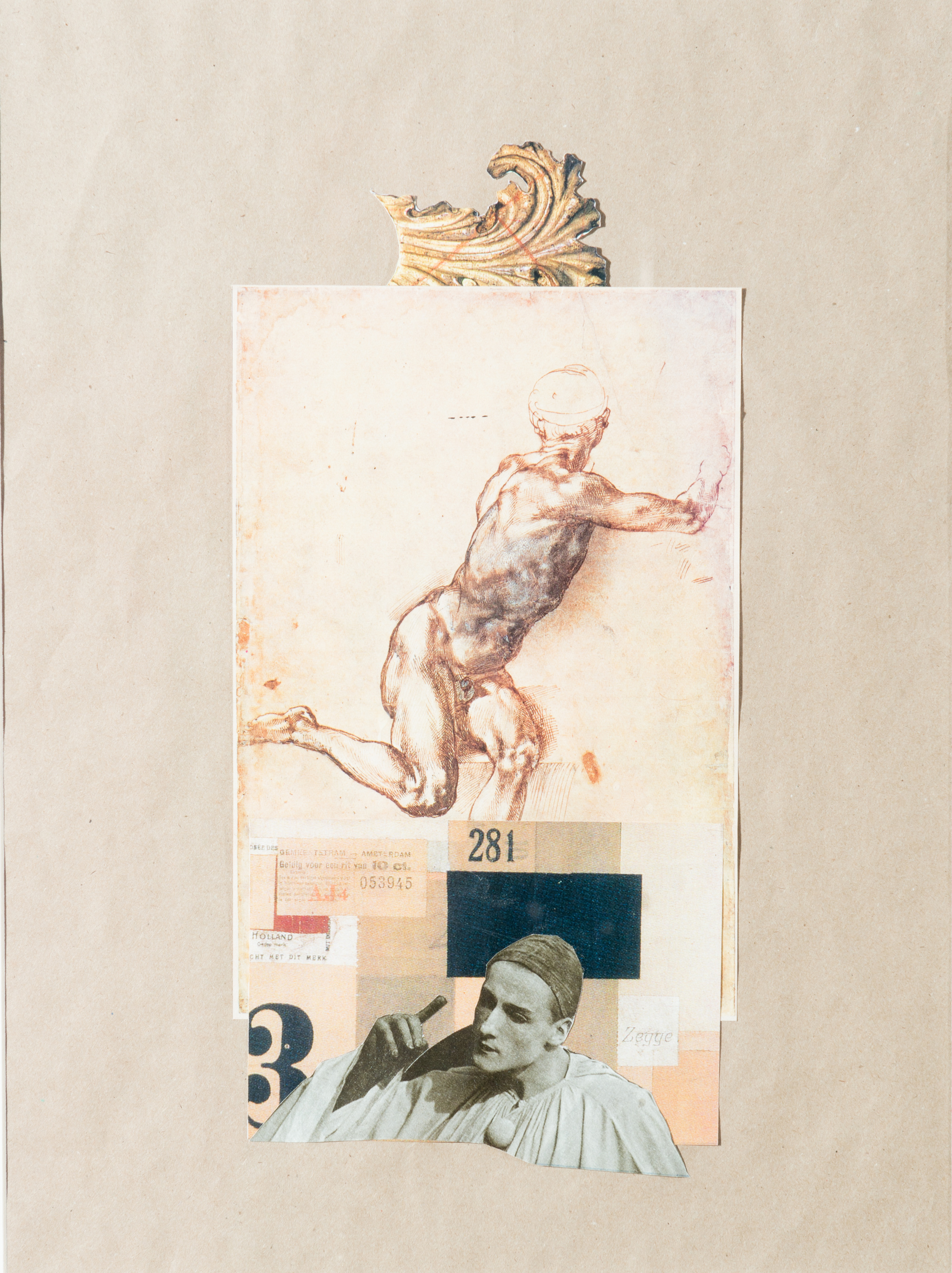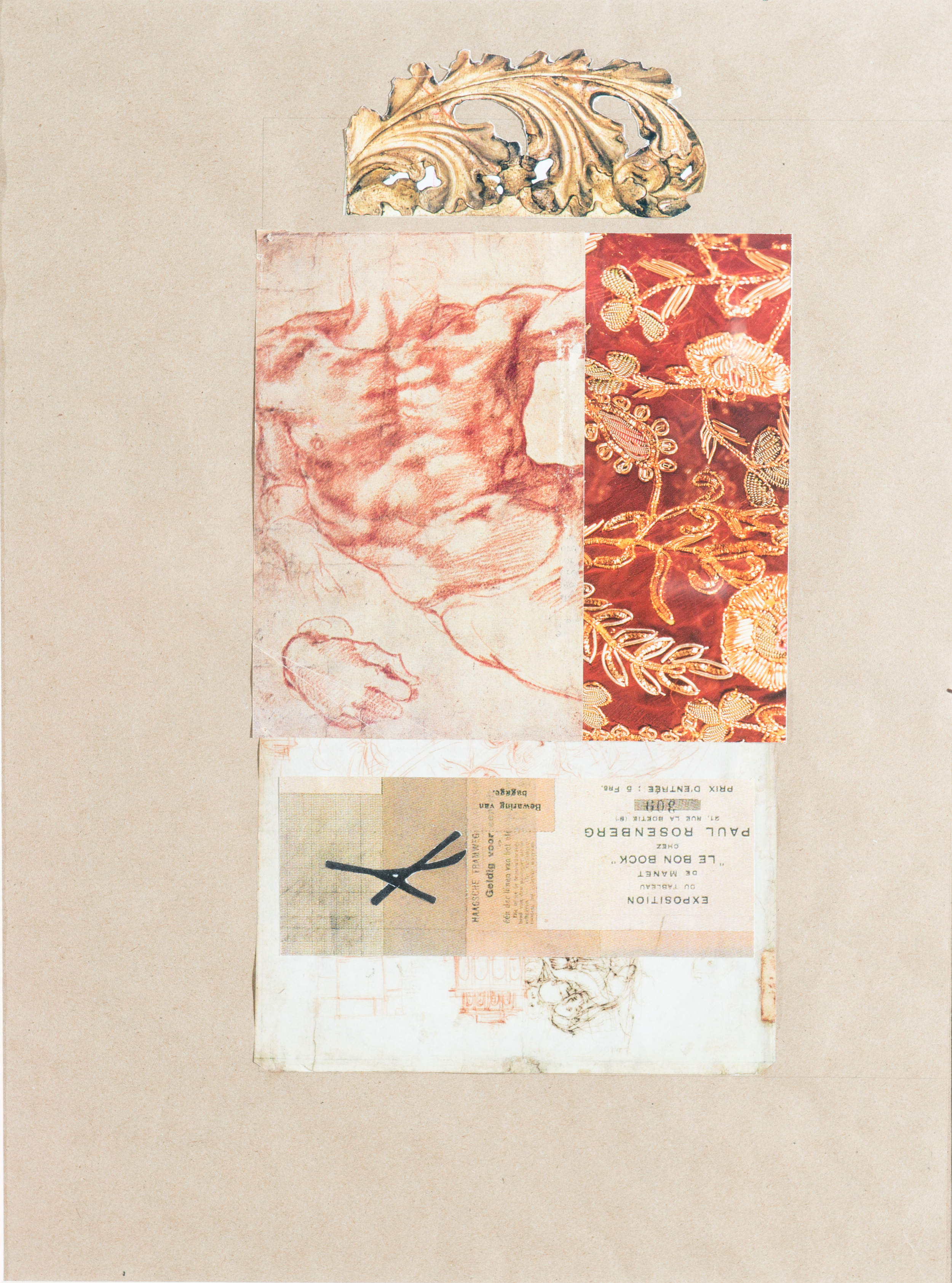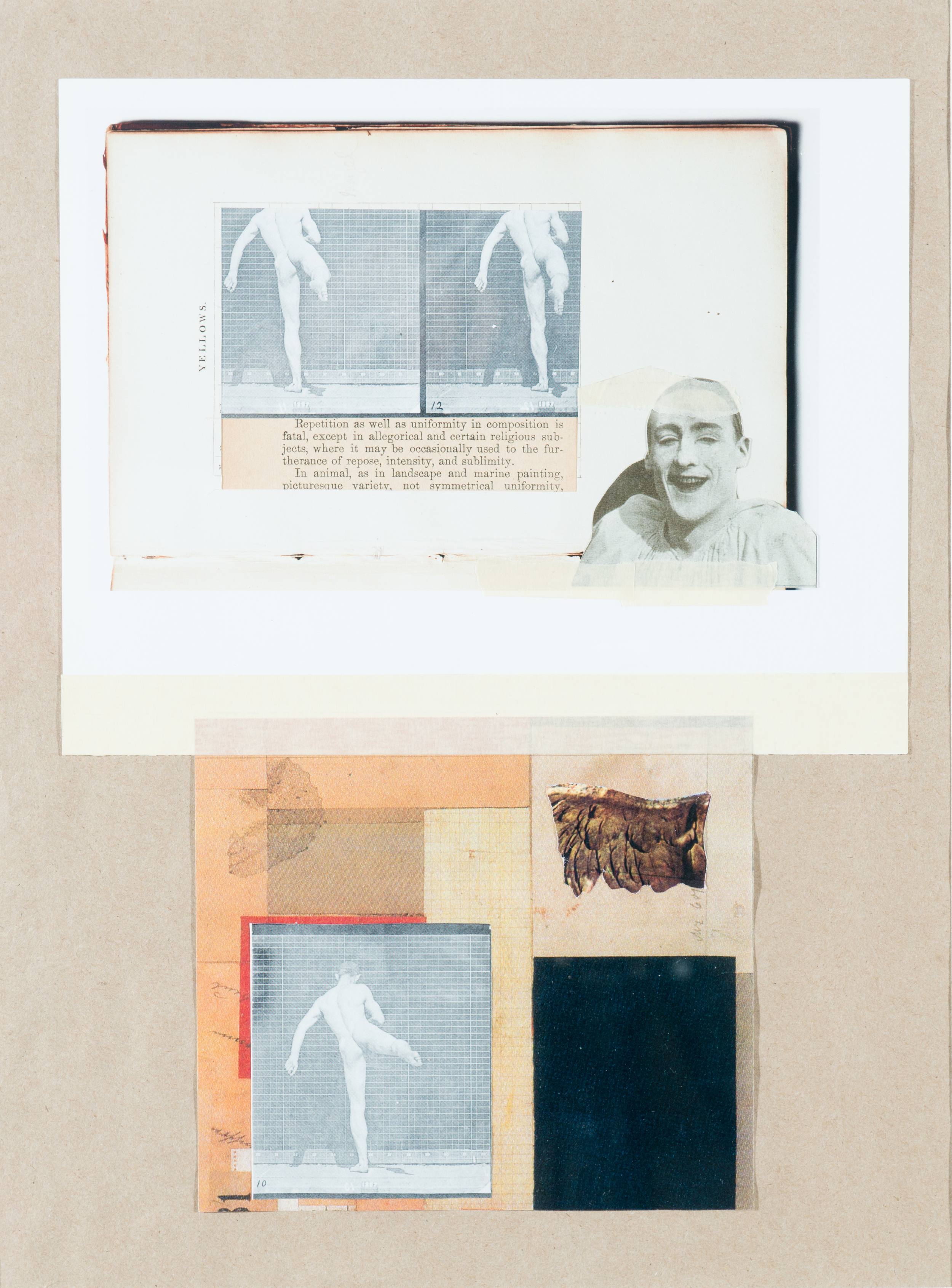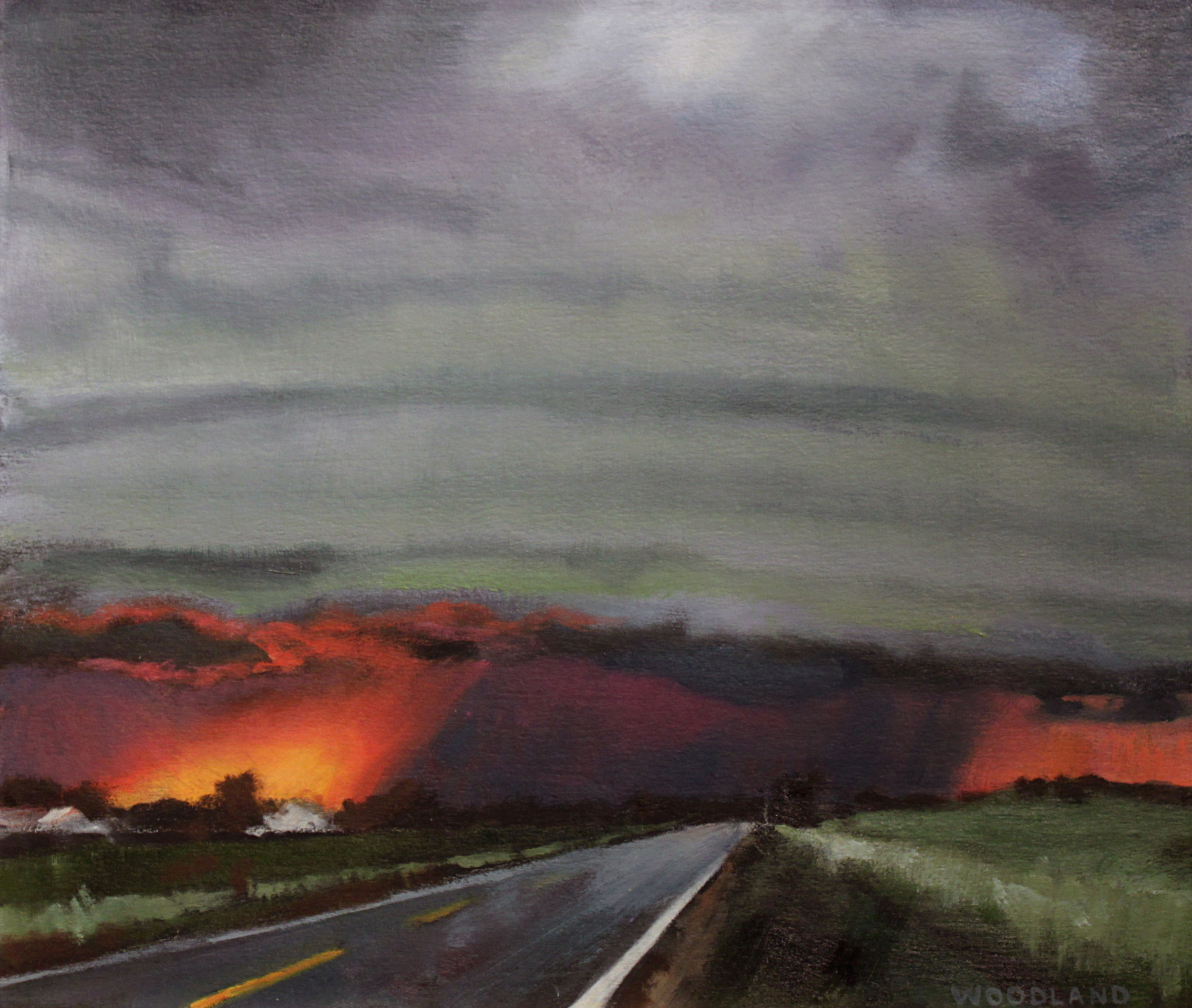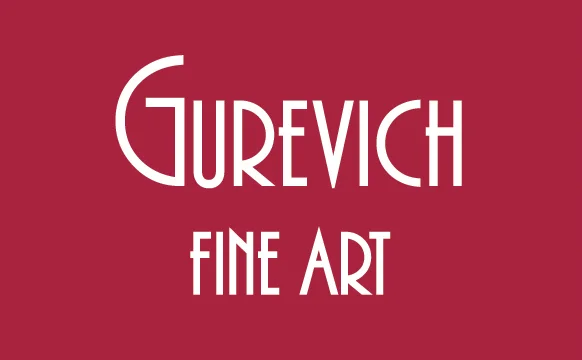On display until January 2016
Take a journey through different time periods and places with Gurevich’s latest exhibit, Faces and Places. Faces and Places features a diverse collection of work from artists John Erkel, Carole Freeman, Tom Lovatt and Bette Woodland. The merging of these artists showcases a variety of work styles in a contrasting yet complementary exhibit.
Carole Freeman’s art practice combines critical study, empathy, humour and ironic juxtaposition to narrative image and portraiture. Uniquely lying somewhere between drawing and painting, Freeman’s pieces are based on on memory, examination, life models (sometimes unbeknownst to them), and a mashing of personal and found photographs. Her work has concerns with the magic and surprise in the transformation of photographs, digital images and tubes of pigment into drawn and painted pictures.
Bette Woodland’s paintings begin with a response to a particular experience of the landscape, figure or still life. Her works are not descriptive in the photo-realist sense, but evolve intuitively, guided by an involvement with quality of light used to reveal objects and as a way of making certain feelings intelligible.
John Erkel’s training in welding speaks to his work with metal. His pieces, which have a strong industrial feel, are largely made from car parts and other scrap metal he finds on the street and works into his compositions. His mainly 3D works are intricate and interesting abstracts.
Tom Lovatt has worked as an artist for more than 20 years. Working primarily in painting, but also with sculptures and drawing, Lovatt’s works explore and represent memories past: be it historical, or the personal past we carry with us in mages, memories and reoccurring thought. Each repetition builds momentum towards a larger understanding of the work created and the artist who creates. The repetition is a way of focusing the viewer on something Lovatt considers important, a way of making the viewer slow down and look at his art.
Each artist’s work is distinctively different, but complement the other and help to bring out even the most miniscule details in the other’s work. This body of work encourages the viewer to slow down and really see these details.




